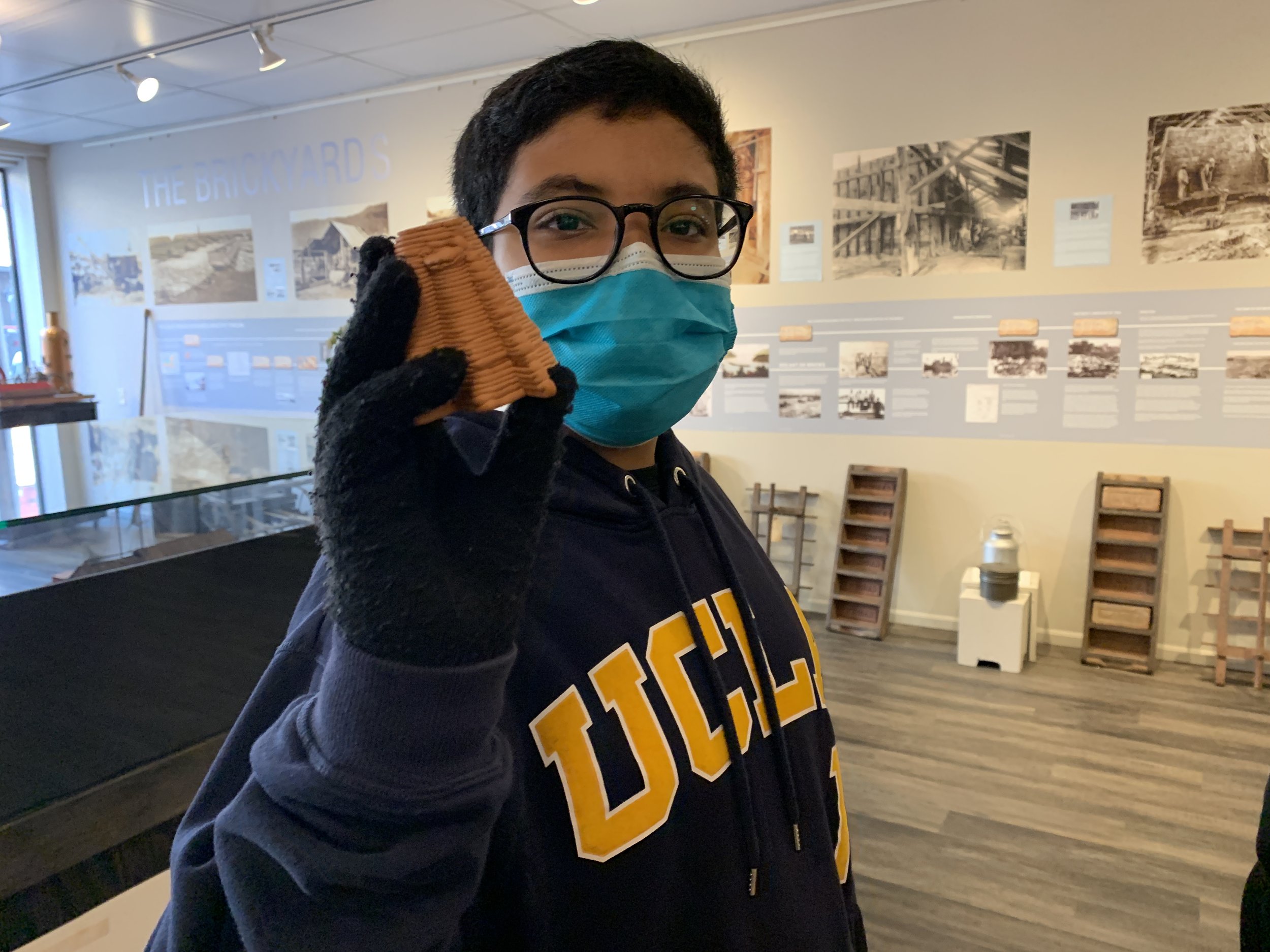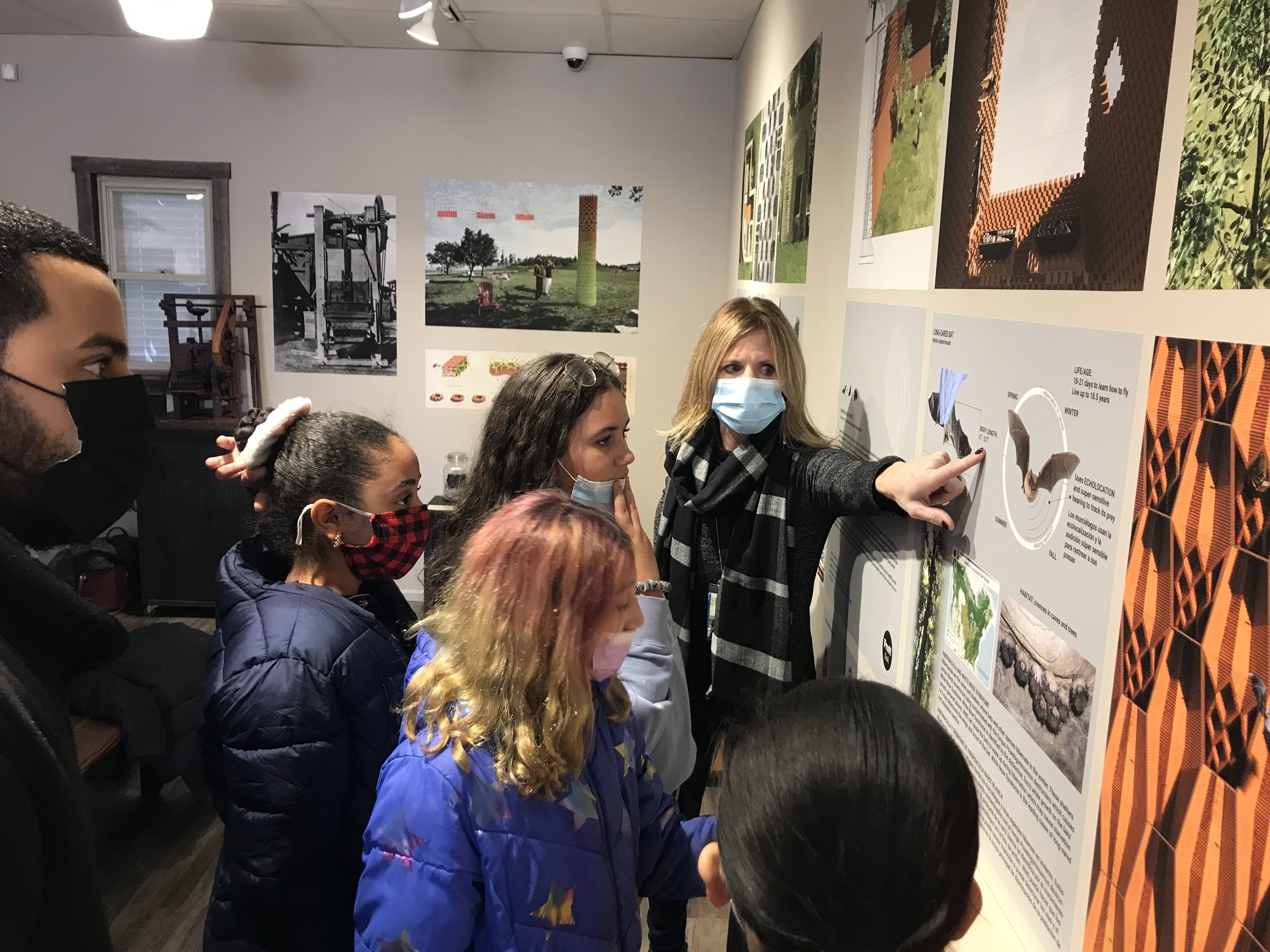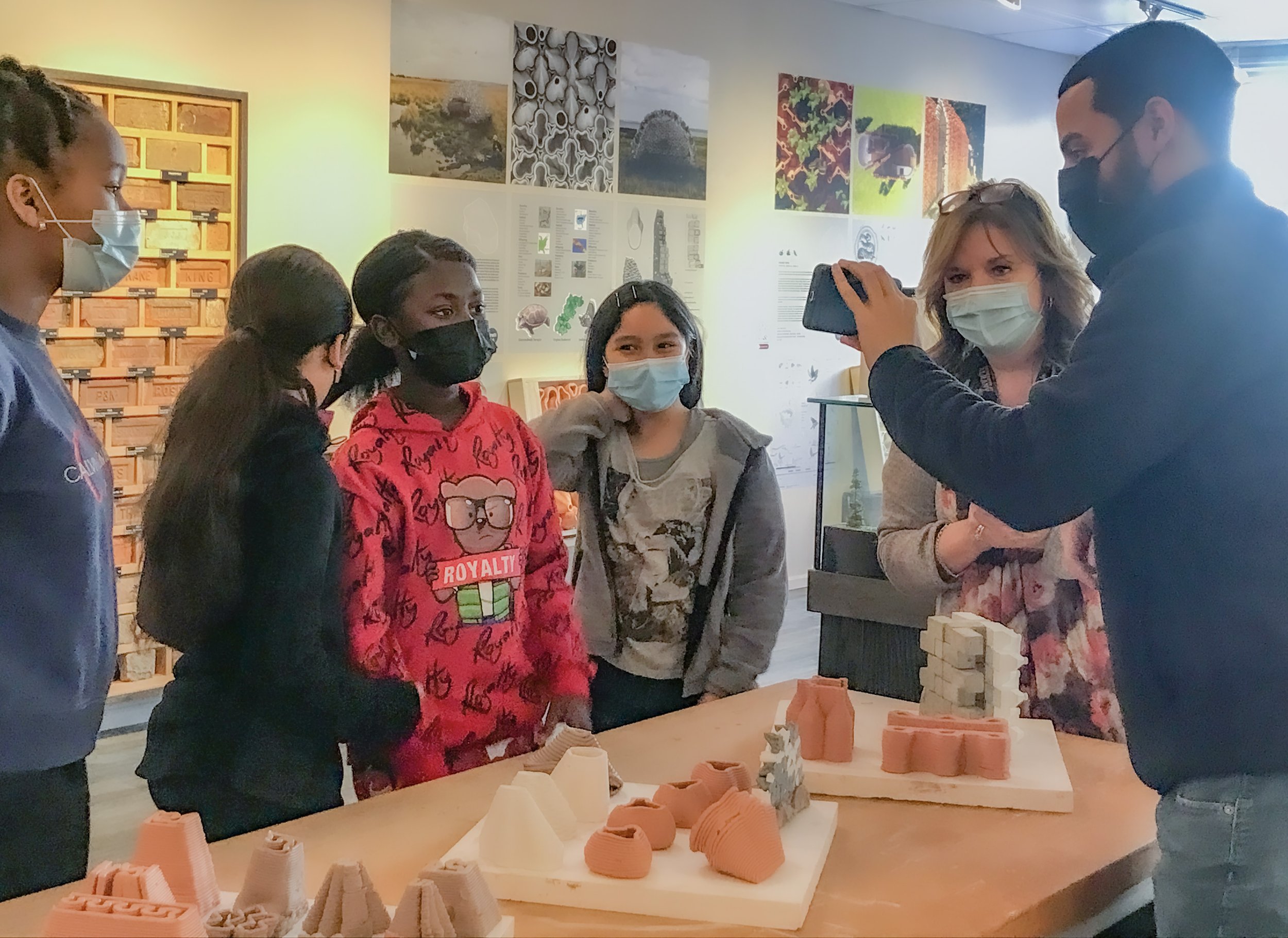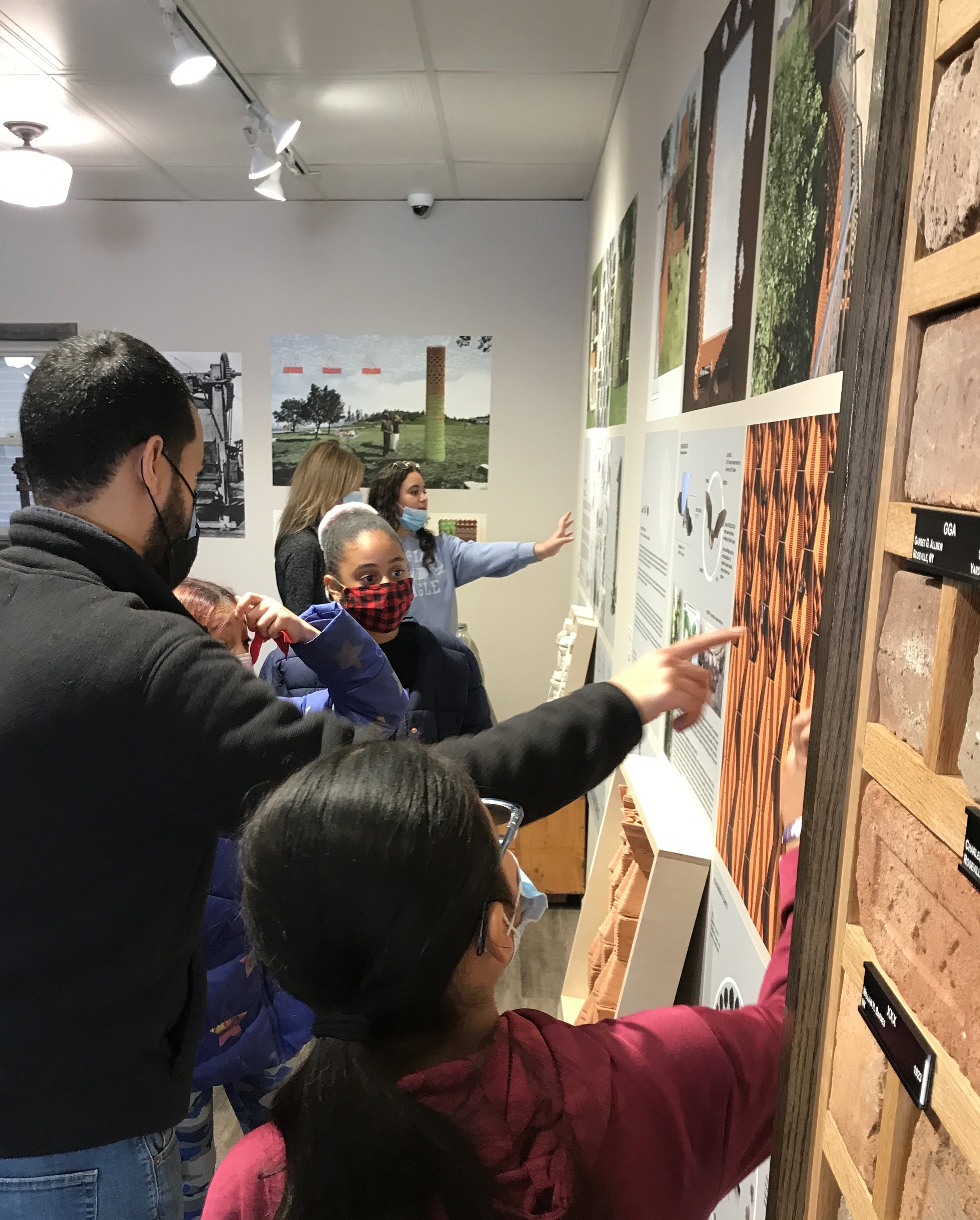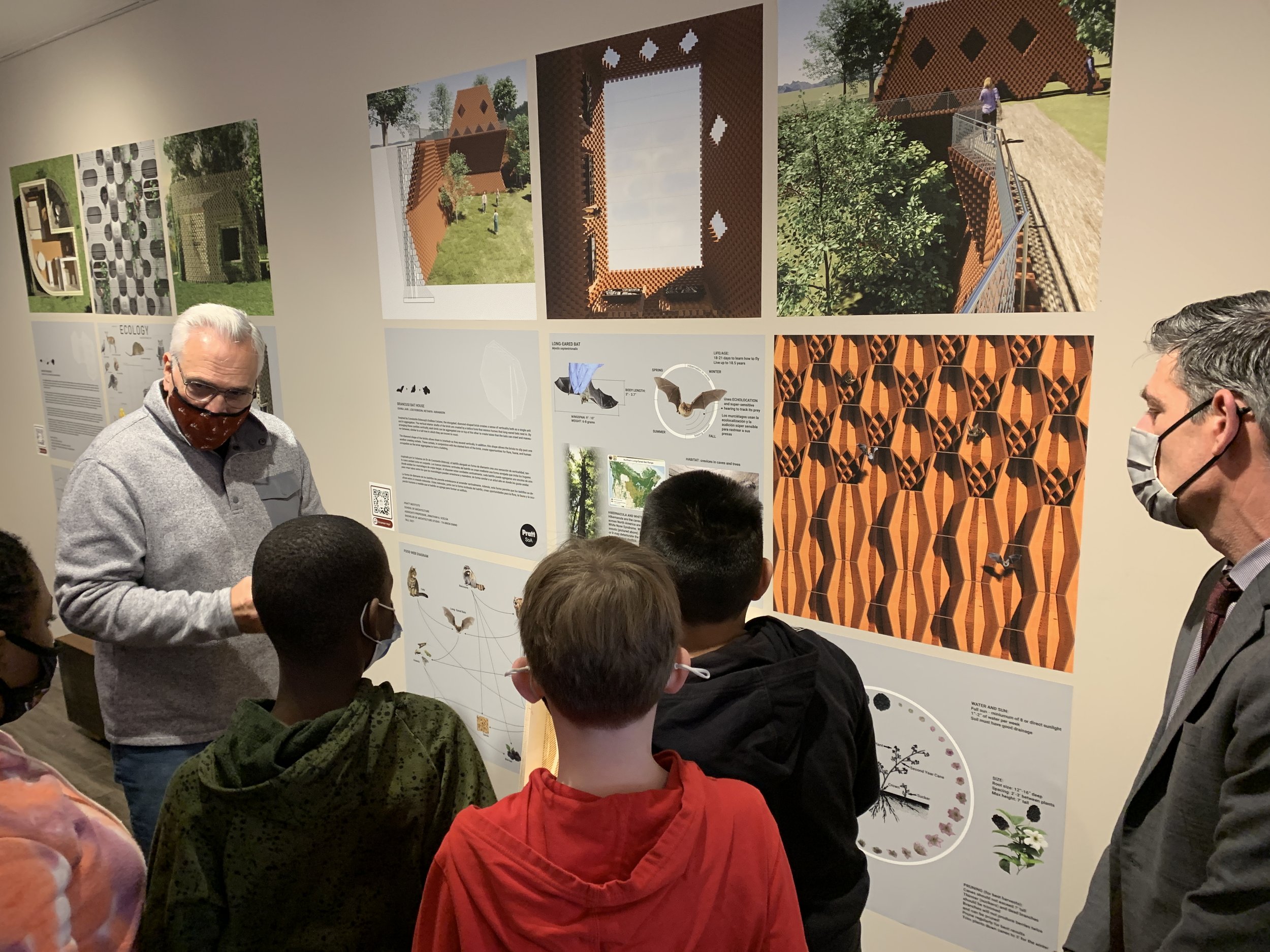COMING SOON, THE CENTER FOR INNOVATION!
"The Interdisciplinary Center for Innovation will use the museum's historical archives about the area's clay manufacturing as inspiration to bring art and technology to our students and visitors. Recently received grant & matching funds will enable us to build a state-of-the-art making space/studio and gallery space that will become a center for hands-on learning, ceramic art, and new brick construction. Through the Center, we will offer public engagement programs such as after-school programs, residency programs for visiting artists and architects, and hands-on learning for our local students and community center. With a focus on futuristic 21st technology and traditional tradecrafts, it is our vision that the Center for Innovation will draw visitors and tourists from all over the world as the brick industry once did— bringing the spirit of invention back to Haverstraw." — Executive Director Rachel Whitlow.
MADE POSSIBLE THROUGH THE SUPPORT OF:
ABOUT
Haverstraw is a story of industry and immigration. From 1815-1941, Haverstraw provided the industrial engine for the surrounding region, serving as an incubator of technological and social innovation for immigrants who came from all over the world to work in its brickyards. Technology has the ability to equalize or democratize an industry. It has the ability to change people's circumstances.
In 1852, a Dutch immigrant named Richard A. Ver Valen invented the automatic brick-making machine, which revolutionized the brick industry’s business model. It allowed individuals to lease a single machine and a small plot of land—at an affordable price—which created a pathway for immigrants to become successful in one generation.
Photo of the automatic brick-making machine invented by Richard A. Ver Valen in 1852. Haverstraw Brick Museum Archives, Dan De Noyelles Collection
Today, the invention of 3D printing processes using robotics has the ability, like the automatic brick machine before it, to be equaling democratizing. As a manufacturing process that builds objects in additive layers from a digital file, the three-dimensional printing process can be used to create nearly any object deploying an extensive spectrum of extruded materials. This material flexibility has allowed for a wide range of experimentation and innovation, most recently in architecture. Examples include a 3D-printed low-income housing community in Mexico and a single-family home that was printed within a 24-hour period.
Detail from a photograph of young adult boys learning to use the automatic brick machine from a worker at the De Noyelles Brickyard. Haverstraw Brick Museum Archives, Dan De Noyelles Collection.
Photo of 3D printing by OP. AL Architects for Haverstraw Brick Museum commissioned sculpture, Haverstraw Brick Museum
But with innovation also comes responsibility. In the current climate crisis, how can we develop materials in a built environment that not only enhances and helps the human community but also the natural world as well? The New Brick exhibition, in partnership with the Pratt School of Architecture, examines how the humble brick can become the centerpiece of a new paradigm. In this paradigm, robotic technology enables the building of structures for humans that live in harmony with nature to enhance the flora and fauna surrounding them.
Richard Sena, President of the Haverstraw Brick Museum, and Haverstraw 5th Grade students examine the snake group installation. 2022
Turtle Bricks designed by Pratt School of Architecture Students, Andres Roncal, Cody Davis, and Asshna Bajaj, Exhibition 2022
Bat Bond Bricks designed by Pratt School of Architecture Students, Natalya Abramson, Alexis Robinson & Ishika Jain Exhibition 2022
Detailed photo of commissioned sculpture for the Haverstraw Brick Museum by Op. Al architects Jonathan Scelsa and Jennifer Birkeland, made possible through the support of Arts Westchester
WATCH DOCUMENTARY
This short documentary narrates the building of a new 3D printed sculpture by Op.al architects commissioned by the Haverstraw Brick Museum in the summer of 2022 through the support of ARTS WESTCHESTER. The video is by @stu90agency, Haverstraw, NY.
Photo of the New Brick Exhibition Installation at the Haverstraw Brick Museum. On display is the snake group designed by Pratt School of Architecture Students Jemma Liu, Fang Bai, and Sun You Lin.
Turtle Brick designed by Pratt School of Architecture Students, Andres Roncal, Cody Davis, and Asshna Bajaj, Exhibition 2022
This project is made possible with funds from ReStart the Arts, a regrant program of ArtsWestchester with support from the Office of the Governor, the New York State Legislature and the New York State Council on the Arts.
Building the 3D printed tower brick sculpture by Op.al architects.











